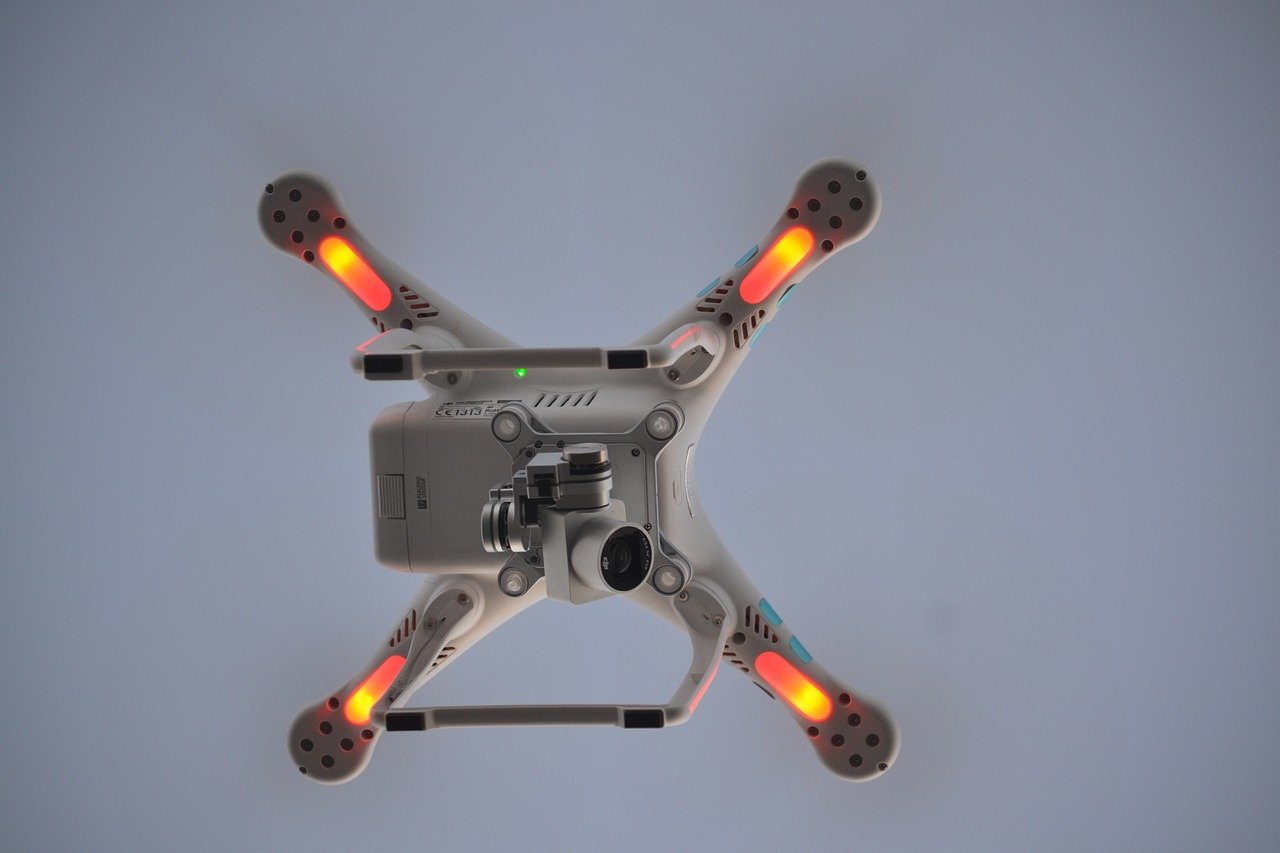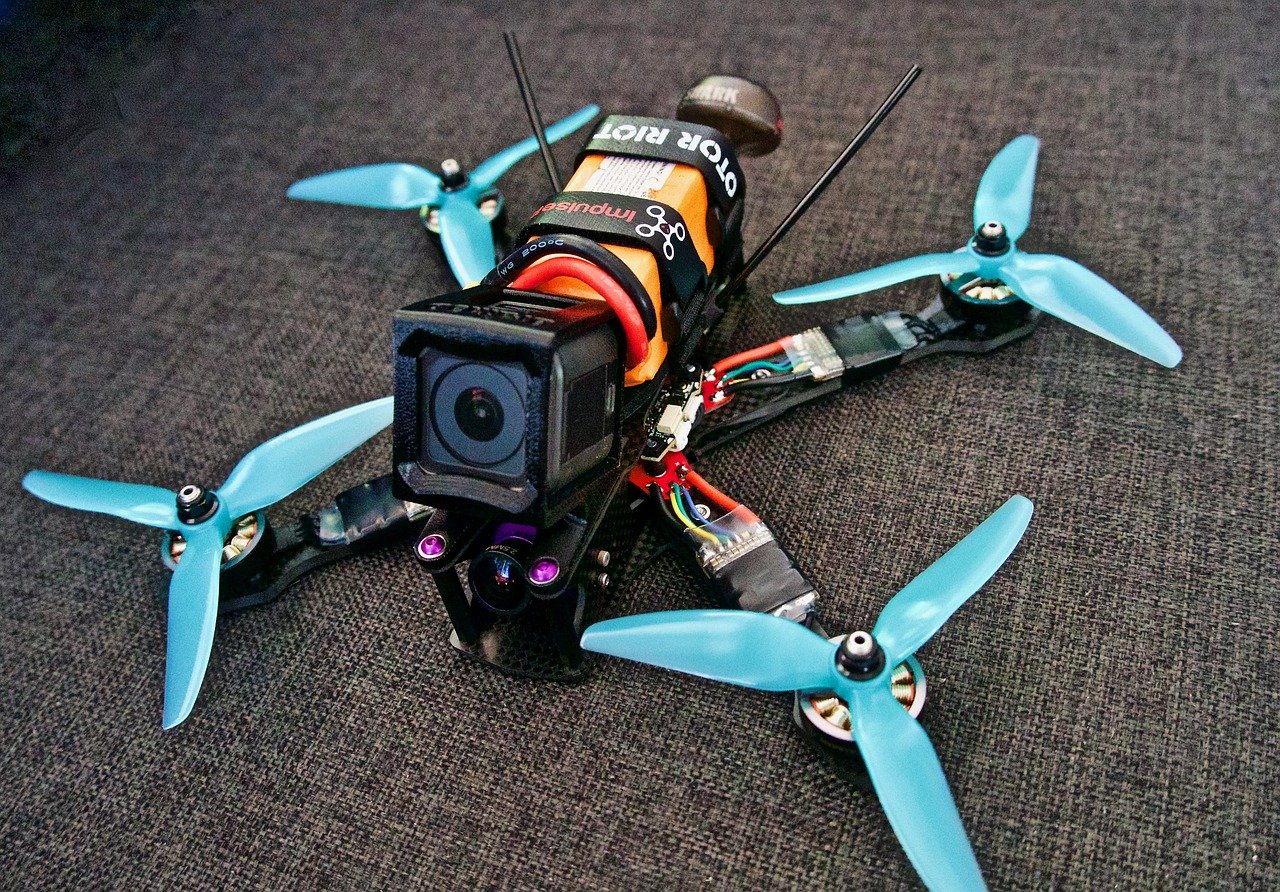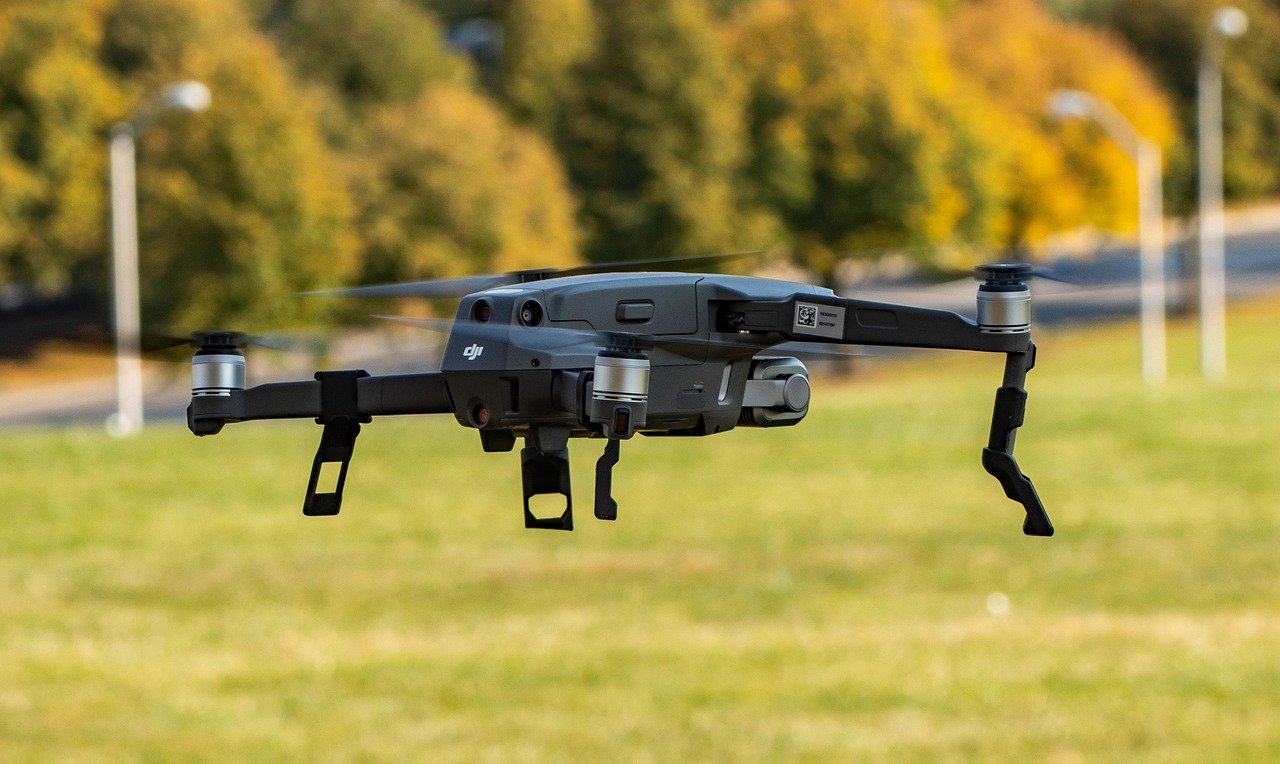The Benefits of Using Drone Footage in Video Production In the past decade, drones have…
Drone Videography in Modern Video Production
Drone videography has revolutionized the way we approach filmmaking and video production. Whether you’re a filmmaker, marketer, or content creator, drone shots offer a unique and stunning visual perspective that can elevate your video projects to the next level. In this guide, we’ll explore the key benefits, legal aspects, and technical considerations that go into drone videography.
What is Drone Videography?
Drone videography refers to the practice of using unmanned aerial vehicles (UAVs) to capture video footage from the air. Initially used in military and surveillance applications, drones have since made their way into mainstream media, offering filmmakers an affordable and accessible way to capture aerial footage.
There are different types of drones available, from smaller, consumer-grade drones for hobbyists to larger, professional models used for high-budget productions. With the evolution of camera technology, drones are now equipped with high-quality cameras capable of capturing 4K or even 8K resolution footage.
Why Drone Shots Can Enhance Any Video Project
Capturing Unique Aerial Perspectives
Drones provide access to angles that were once impossible or incredibly expensive to capture. Whether flying over vast landscapes or weaving through tight urban environments, drone footage allows filmmakers to create dynamic visuals that would be impossible with traditional ground-based cameras.
Adding Dramatic Depth and Movement
The ability to capture smooth, flowing shots from high above adds a cinematic quality to your project. Aerial footage can provide sweeping overviews, showcasing locations in ways that help build context and emphasize scale. It’s perfect for action sequences or establishing shots that set the tone for a scene.
Creating Dynamic Transitions in Storytelling
Drone shots are an excellent tool for transitions. Moving from an aerial shot to a ground-level scene can create a seamless flow in your narrative, adding visual intrigue and keeping viewers engaged.
The Advantages of Using Drones in Filming
Cost-Effective Compared to Traditional Aerial Methods
In the past, capturing aerial footage required helicopters or cranes—expensive and logistically challenging options. Drones offer a cost-effective solution that’s easy to deploy, especially for smaller productions or indie filmmakers on a budget.
Flexibility in Shooting Different Environments
Drones can easily navigate through tight spaces, fly over water, or capture wide landscapes, offering a range of shots that are hard to achieve with other equipment. This flexibility makes drones the go-to tool for capturing everything from cityscapes to nature documentaries.
Accessibility to Difficult Locations
Imagine trying to film a canyon, mountain peak, or dense forest. With a drone, these locations become accessible, allowing filmmakers to capture breathtaking shots without needing a physical presence in these hard-to-reach spots.
Applications of Drone Videography

Real Estate Marketing
Drone footage is frequently used in real estate to showcase properties from aerial views, giving potential buyers a better understanding of the property’s size and layout.
Tourism and Destination Films
Travel and tourism campaigns often leverage drone shots to highlight the natural beauty of destinations, capturing sweeping views that encourage exploration and adventure.
Event Coverage and Live Broadcasting
From music festivals to sports events, drones are being used to provide live aerial views that enhance audience engagement. The unique angles offer viewers a new perspective, increasing the overall production value of live events.
Legal Considerations When Using Drones in Filming
Drone Regulations in Different Countries
Laws and regulations regarding drone usage vary from country to country. In many places, you are required to register your drone and obtain special permits before using them for commercial purposes.
Obtaining Permissions and Certifications
In addition to drone registration, some countries require drone operators to have certifications proving they understand how to fly safely and within the law. Always check local laws to avoid fines or legal trouble.
Ensuring Public Safety and Privacy Concerns
It’s important to ensure that your drone operations don’t infringe on privacy rights or endanger the public. Avoid flying over densely populated areas without proper permissions, and respect privacy by avoiding homes, schools, and private spaces.
Safety Measures in Drone Videography
Training Requirements for Drone Operators
Operating a drone may seem easy, but it requires knowledge of aviation rules and drone technology. Many countries offer formal training programs for those looking to become certified drone pilots.
Weather Conditions and Drone Safety
Drones are susceptible to weather changes, particularly strong winds, rain, and fog. Always check weather forecasts and avoid flying in hazardous conditions to ensure safety and protect your equipment.
The Role of Drone Videography in Marketing and Advertising

Aerial shots are an effective tool in marketing campaigns, as they add a level of professionalism and sophistication to videos. Brands use drone footage to capture attention, whether promoting products, locations, or services. Drone shots make ads stand out in a crowded digital space, helping brands connect with audiences through stunning visuals.
Enhancing Visual Storytelling with Drone Videography
Aerial footage offers a new way to tell stories. Filmmakers can combine ground-level shots with aerial views to create an immersive experience for viewers. This versatility in framing and movement enhances the emotional impact of a story, giving directors more creative freedom.
Challenges in Drone Videography
While drones offer many benefits, they also present challenges. Battery life limits the duration of flights, which can cut short crucial filming moments. Weather conditions like high winds can also disrupt drone flights, making it necessary to plan accordingly.
Choosing the Right Drone for Your Project
Selecting the right drone depends on your project’s scale, budget, and goals. For high-budget productions, professional drones with advanced features like 8K cameras and long flight times are ideal. For smaller projects, consumer-grade drones with 4K resolution can still produce excellent results.
Conclusion: The Future of Drone Videography in Filmmaking
Drone videography has opened up new horizons in the world of video production, allowing creators to capture visuals that were once out of reach. As technology continues to evolve, drones are becoming smarter and more intuitive, with features like AI-assisted flight and automated shooting modes. The future of drone filmmaking looks bright, and it’s an exciting time to explore this revolutionary tool in modern video production.
FAQs
- What is the legal requirement to fly drones for videography?
- Regulations vary by country, but most require registration and certification for commercial drone use.
- How can drone videography improve the quality of a video project?
- Drones provide unique aerial perspectives, adding cinematic depth and dramatic movement to footage.
- What are the top drones for professional videography?
- Popular choices include the DJI Inspire series, the Autel Evo II, and the Freefly Alta.
- How do you avoid privacy concerns when using drones?
- Always respect privacy by avoiding flights over residential areas and obtaining necessary permissions.
- What safety measures should I consider before flying a drone?
- Ensure proper training, check weather conditions, and inspect equipment before every flight.




